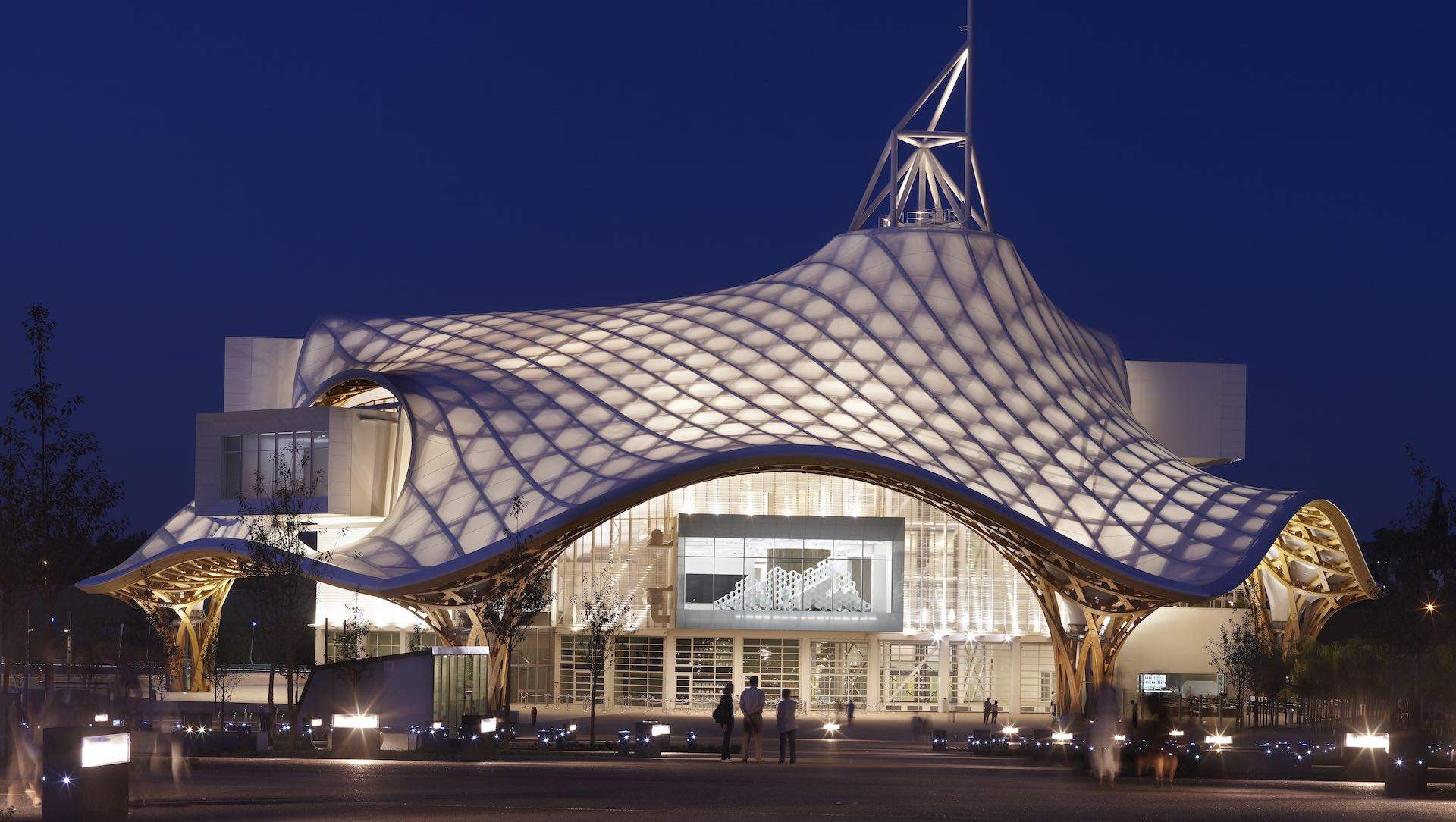The Inventive Work of Shigeru Ban
The Pritzker Prize-winning architect's first Australian project.
Overview
Award-winning Japanese architect Shigeru Ban is bringing a project to Australia for the first time. On March 25, he'll be taking over the Sherman Contemporary Art Foundation with installations showcasing his dedication to humanitarian work.
In the courtyard, you'll find two signature relief shelters. One was developed in the wake of the Great Hanshin earthquake, which hit Kobe in 1995. The other was a response the earthquake that rocked Eucador's coast in 2016.
Step inside to immerse yourself in scaled models of Cardboard Cathedral (2013) and Japan Pavilion, surrounded by a handpicked selection of works and elements of works, capturing the evolution of Ban's output between 2000 and 2014.
Ban has spent most of the past 20 years helping out in disaster zones, working out how to turn affordable, local materials into housing. In 2014, he won the Pritzker Prize (pretty much the Nobel Prize for architects).
"Architects mostly work for privileged people, people who have money and power," says Ban. "Power and money are invisible, so people hire us to visualise their power and money by making monumental architecture. I love to make monuments, too, but I thought perhaps we can use our experience and knowledge more for the general public, even for those who have lost their houses in natural disasters."
Image: Shigeru Ban Architects, Centre Pompidou-Metz, France, 2010. Photo: Didier Boy de la Tour.





